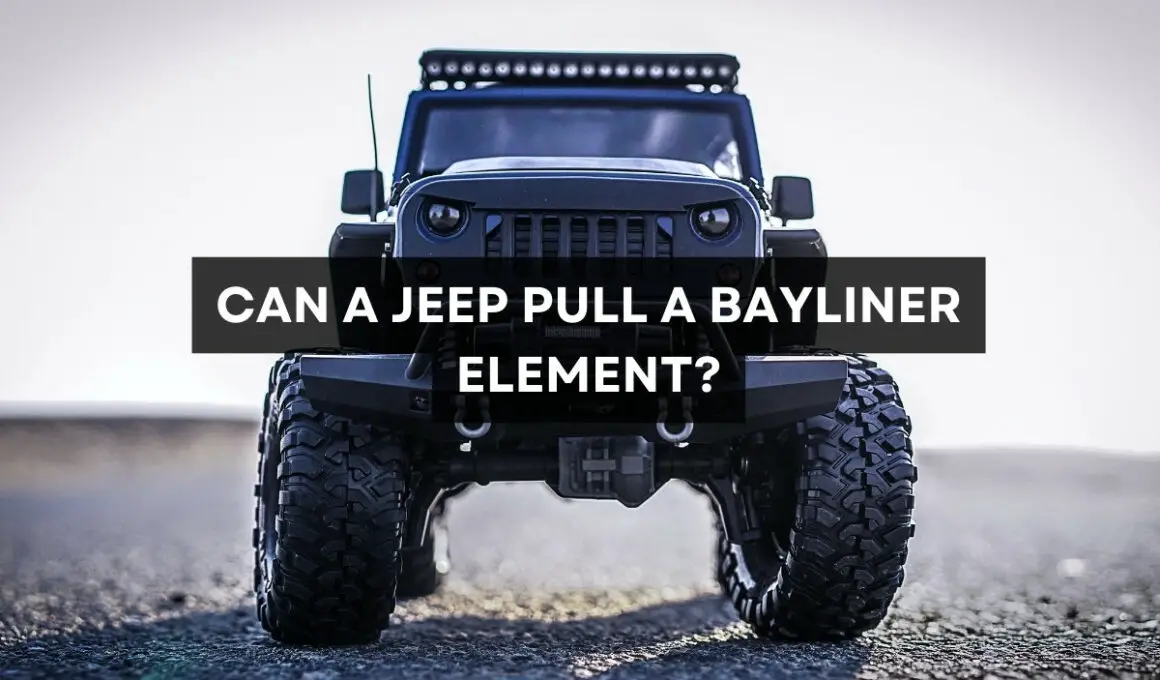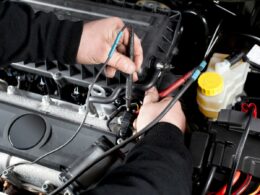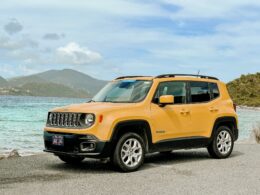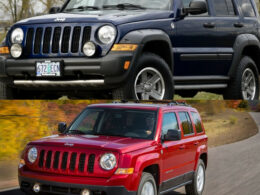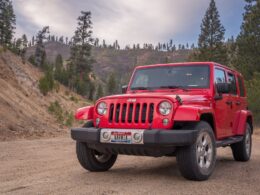In This Article Show
The open road, the gentle sway of a boat behind your vehicle, and the promise of a weekend on the water: are a dream scenario for many. And the Bayliner Element? Well, it’s a top pick among families looking for a reliable and enjoyable boating experience.
But before you hitch up that boat and set out on your adventure, there’s a crucial question: Can your trusty Jeep handle the task?
With over 13 years of hands-on mechanic experience, I’ve encountered my fair share of towing inquiries. And yes, while I often have grease on my hands and tools scattered around, I also take the time to write and share my knowledge on topics just like this.
Drawing from my extensive background, I’m here to simplify this topic, ensuring you make informed decisions about your vehicle and boat.
Now, while we’ll delve deeper into towing capacities and specifics shortly, let’s begin by understanding why this match-up—between your Jeep and the Bayliner Element—is so essential to get right. Safety? Absolutely. But there’s more to it than just that.
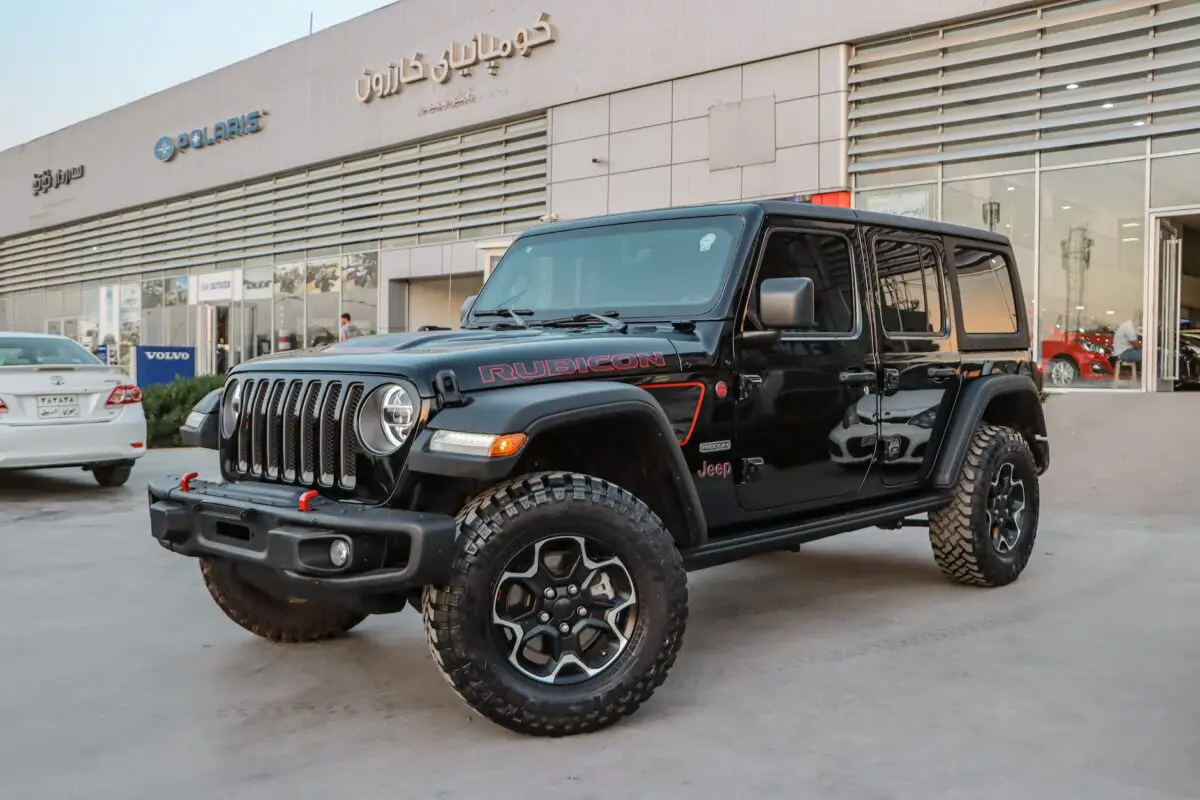
Understanding Towing Capacity: The Basics
Towing capacity isn’t just a fancy term or a number you can casually ignore. It’s the heart and soul of safe towing. But what exactly is it?
Simply put, towing capacity is the maximum weight your vehicle can safely tow. It’s determined by the manufacturer based on a combination of the vehicle’s structure, engine power, braking ability, and transmission, among other factors.
Why is it so important? Well, think of it this way: Overloading your vehicle puts a strain on its engine and brakes and can lead to poor handling, increased stopping distances, and, in worst-case scenarios, total brake or engine failure.
Moreover, exceeding the towing capacity might not just harm your vehicle or boat; it could also void any warranty you have and might be against the law in some places, potentially leading to hefty fines.
It’s akin to trying to run a marathon with a heavy backpack. Sure, you might manage for a while, but the extra weight will catch up sooner or later, and the risk of injury becomes real.
So, before we dive deeper into the specifics of whether your Jeep can pull a Bayliner Element, it’s vital to know the weight of what you’re towing and the capacity of what you’re towing with. Safety and efficiency always come first.
The Jeep Lineup: An Overview
Jeep, an iconic brand with a legacy of ruggedness and off-road prowess, has a diverse range of vehicles designed to cater to different needs and lifestyles.
Whether you’re an urban explorer, an off-road enthusiast, or someone who needs to tow a boat like the Bayliner Element, there’s likely a Jeep model for you. Let’s delve into a brief overview of the most popular models and their towing capacities:
1. Jeep Wrangler
Typically ranging between 2,000 to 3,500 lbs for most models. The newer Jeep Wrangler JL, especially with the V6 or the diesel engine, can tow up to 3,500 lbs. Its iconic design, removable doors and roof, and unmatched off-road capabilities make it a favorite among enthusiasts.
2. Jeep Cherokee
The standard models are about 2,000 lbs, but when equipped with the towing package, some versions can pull as much as 4,500 lbs—a compact SUV with a comfortable interior, advanced tech features, and commendable on-road and off-road balance.
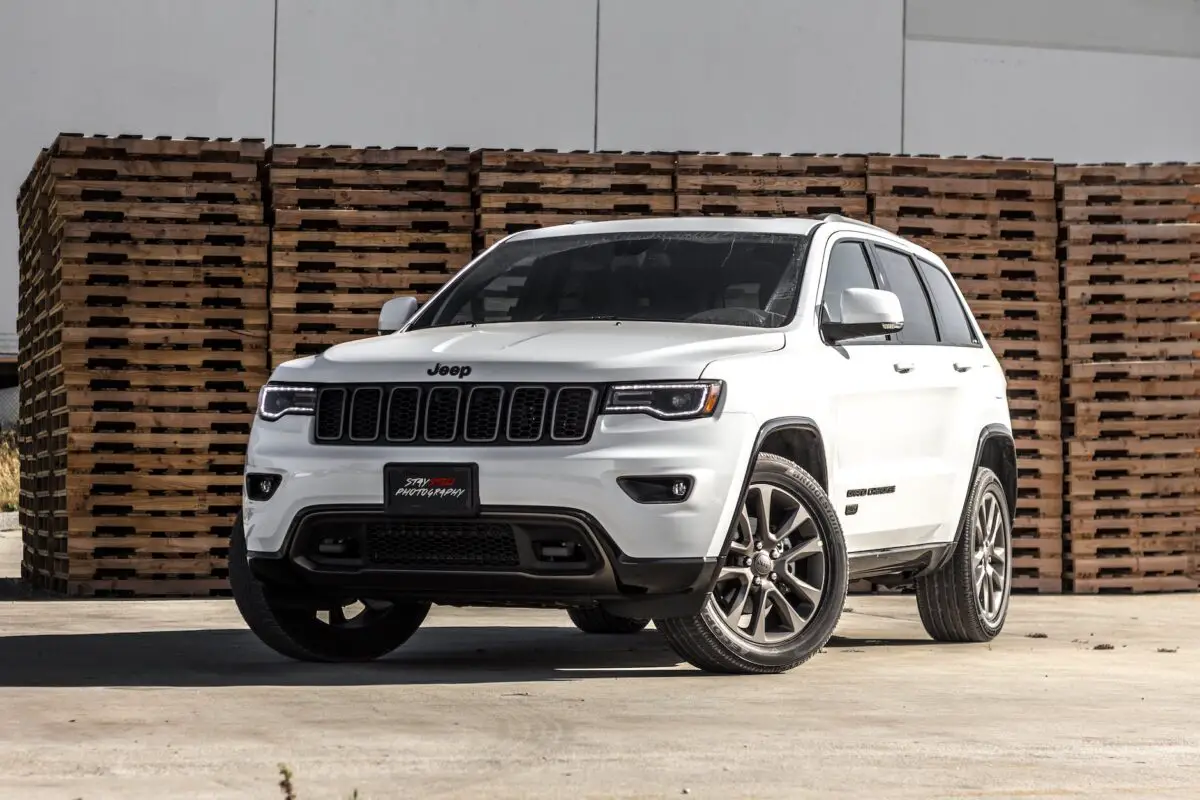
3. Jeep Grand Cherokee
This is the powerhouse of the lineup. Depending on the engine and build, it can tow between 3,500 to 7,200 lbs. A midsize SUV that combines luxury with performance. Available with multiple engine options, including a powerful V8, it’s as suitable for city driving as it is for towing larger loads.
4. Jeep Gladiator
As Jeep’s pickup truck offering, it’s designed with towing in mind. When properly equipped, it can tow up to 7,650 lbs. Essentially a Wrangler with a truck bed, it offers both off-road capabilities and significant cargo and towing capacities.
5. Jeep Compass and Renegade
These smaller SUVs have capacities of around 1,000 to 2,000 lbs, making them less suitable for larger towing tasks. Ideal for city dwellers and those looking for a compact, stylish SUV with light towing needs.
With this overview, it becomes clearer which Jeeps might be up to the task of towing a Bayliner Element and which might struggle. In the upcoming sections, we’ll match these capacities with the weight of various Bayliner Element models to provide a more definitive answer.
Bayliner Element Specifications
The Bayliner Element is a popular choice among boating enthusiasts for good reasons. Known for its affordability, stability, and user-friendly design, it’s become a favorite among families and new boaters.
However, like all boats, its weight varies depending on the model and the additional equipment onboard. Here’s a brief overview of the key Bayliner Element models and their specifications:
1. Bayliner Element E16
- Dry Weight: Approximately 1,570 lbs.
- Capacity: Seating for up to 6 individuals.
- Length: 16’2″
- Notable Features: Its M-Hull™ design ensures stability, making it a great starter boat. Additionally, it’s compact, making it easier to tow and store.
2. Bayliner Element E18
- Dry Weight: Around 2,000 lbs.
- Capacity: Comfortably seats up to 9 individuals.
- Length: 18’2″
- Notable Features: Offers more space and seating than the E16, yet retains the same stable M-Hull™ design. It’s versatile, catering to both cruising and watersports.
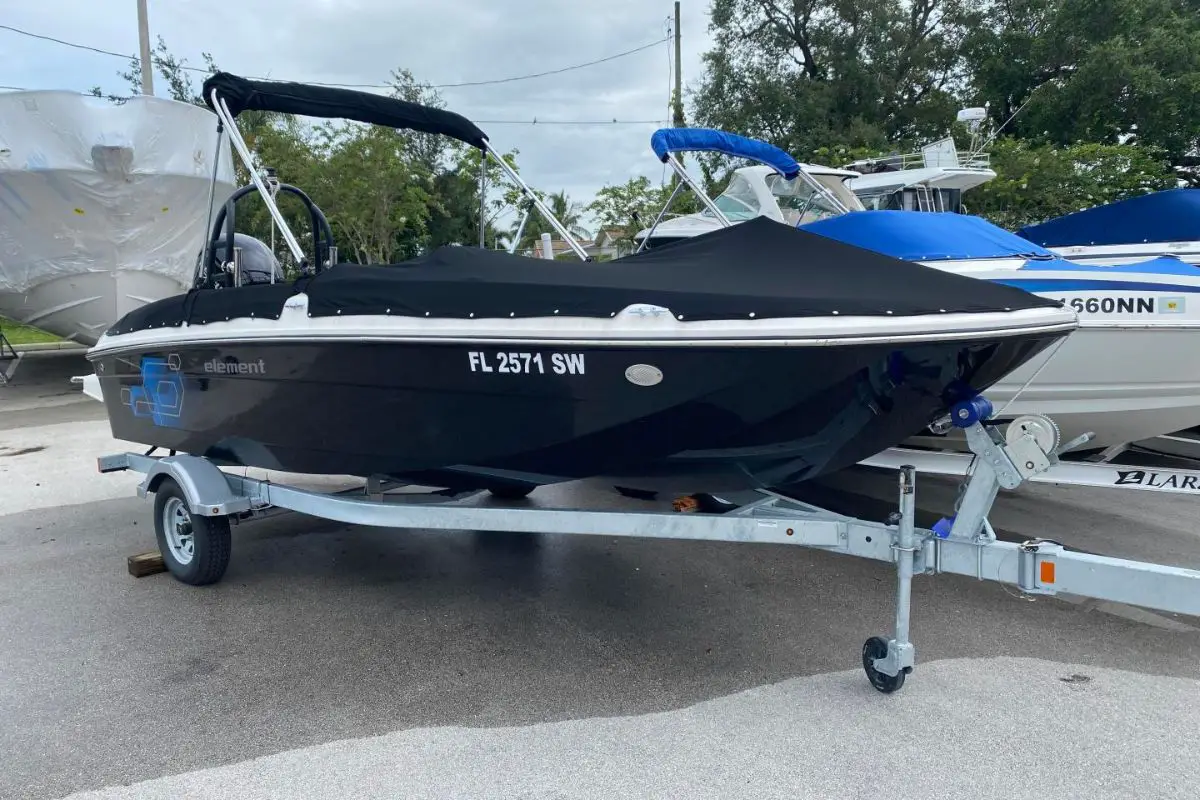
3. Bayliner Element E21
- Dry Weight: Approximately 2,650 lbs.
- Capacity: Designed to accommodate up to 10 individuals.
- Length: 20’8″
- Notable Features: The largest in the Element series, the E21 offers expansive space and can easily handle larger waters. It’s designed for those who need more from their boat without compromising on the ease of use.
Additional Weight Considerations
When towing, it’s crucial not just to consider the dry weight of the boat but also the additional weight from:
- Trailer: On average, boat trailers for these sizes can weigh between 500 to 1,000 lbs, depending on the design and materials.
- Fuel: Gasoline weighs about 6 lbs per gallon. So, a full tank, depending on its size, can add a significant amount.
- Gear & Equipment: Life jackets, coolers, water sports equipment, and other onboard items can easily add several hundred pounds.
- Water & Waste: If you have water systems onboard, they can add weight too, especially if holding tanks are full.
Always calculate the total combined weight when considering towing – boat, trailer, fuel, gear, and any other additions. This ensures you stay within the safe towing limits of your vehicle.
Matching the Jeep to the Bayliner Element
When it comes to ensuring a safe and efficient towing experience, pairing the right Jeep model with the appropriate Bayliner Element is crucial. Here’s a guide to match them up based on towing capacities and the combined weight considerations:
1. Bayliner Element E16
Total Estimated Weight: With the dry weight, trailer, full tank of fuel, and standard gear, you might be looking at around 2,200 to 2,700 lbs in total.
| Jeep Matches | Towing Capacity |
| Jeep Compass & Renegade | These might be pushing their limits, especially when fully loaded. It’s recommended to proceed with caution and ensure you’re not exceeding the vehicle’s maximum capacity. |
| Jeep Wrangler | A good fit, especially the newer models with a V6 or diesel engine. |
| Jeep Cherokee | With the towing package, this can handle the E16 with ease. |
| Jeep Grand Cherokee | Easily capable, offering plenty of buffer in towing capacity. |
| Jeep Gladiator | Another strong fit, especially if you have additional heavy gear. |
2. Bayliner Element E18
Total Estimated Weight: Given the dry weight, trailer, fuel, and gear, you’re potentially looking at a range of 2,700 to 3,200 lbs.
| Jeep Matches | Towing Capacity |
| Jeep Wrangler | Suitable, but ensure you’re not pushing the upper limit of its capacity. |
| Jeep Cherokee | With the towing package, this becomes a more comfortable match. |
| Jeep Grand Cherokee & Gladiator | Both options provide ample towing capacity for the E18, ensuring a smooth journey. |
3. Bayliner Element E21
Total Estimated Weight: Combining all the weights could tally up to 3,400 to 4,200 lbs.
| Jeep Matches | Towing Capacity |
| Jeep Wrangler | It’s essential to be wary, as this could be pushing the boundaries of the Wrangler’s capabilities. |
| Jeep Cherokee | Only the ones equipped with the towing package should consider towing the E21. |
| Jeep Grand Cherokee & Gladiator | Both are ideal choices for the E21, given their higher towing capacities. They should manage the load comfortably, even with additional equipment or gear. |
While matching your Jeep to a Bayliner Element, remember that real-world conditions, such as terrain, gradient, and road conditions, can influence towing performance. Having a buffer and not operating right at the limit of your vehicle’s towing capacity is always recommended. Safety, above all, should be the guiding principle.
Tips for Safe Towing with Your Jeep
Towing a boat like the Bayliner Element with your Jeep is more than just hitching and hitting the road. It’s a responsibility that requires preparation, knowledge, and adherence to best practices to ensure the safety of everyone involved.
Here are some invaluable tips to make your towing experience smooth and secure:
- Before starting your journey, inspect your towing hitch, connectors, and the trailer’s brake lights. Ensure that everything is securely fastened and functioning correctly.
- Balance the load on your trailer to prevent it from swaying. An uneven load can cause the trailer to pull to one side, making it harder to control.
- Consider using extended side mirrors if your boat and trailer obscure your Jeep’s rearview. They’ll give you a clearer view of the road behind you and help in change lanes safely.
- When towing, acceleration, and braking will naturally be slower. Give yourself extra time and distance to stop, and avoid sudden maneuvers. Remember, the added weight affects momentum.
- When going downhill, the added weight will want to push forward. Use engine braking when possible and brake in intervals to prevent overheating.
- If you’re new to towing, find an open space, like an empty parking lot, to practice. Get a feel for the turns, stops, and starts with the added weight of the boat.
- Wet or windy conditions can make towing more challenging. Check the weather forecast and be prepared to adjust your driving accordingly.
- Towing exerts extra strain on your Jeep. Regularly check brakes, tires, and other essential components to ensure they’re in top shape. Remember, preventative care is always cheaper and safer than reactive repairs.
- Different regions may have specific rules for towing, like maximum speeds and necessary equipment. Familiarize yourself with these rules to avoid any legal complications.
- Stay calm in sway situations, for instance, if your trailer starts to sway, don’t panic. Avoid slamming the brakes. Instead, gradually decrease your speed and steer straight. Consider using a sway control device for added safety.
- With the added weight, your Jeep will need more space to come to a complete stop. Maintain a safe distance from vehicles in front of you.
- On longer journeys, take breaks. This not only helps the driver stay alert but also gives you a chance to inspect the hitch and trailer.
Safe towing is a blend of preparation, awareness, and adaptability. Remembering these tips and always prioritizing safety over speed or convenience, you’ll ensure a pleasant and incident-free towing experience.
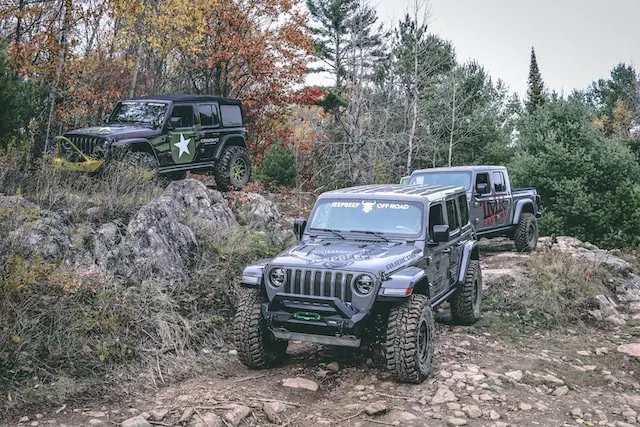
Additional Accessories & Upgrades for Towing
When you’re towing with your Jeep, having the right accessories can make the difference between a smooth journey and a challenging one.
Upgrading specific components or adding certain accessories can enhance safety and improve the overall towing experience. Here’s a list of recommended accessories and upgrades:
- Towing Mirrors: If your boat and trailer extend beyond the width of your Jeep, investing in extended towing mirrors will help you maintain visibility on both sides and make lane changes safer.
- Weight Distribution System: This system helps to evenly distribute the weight of the trailer across the axles, which can reduce trailer sway, improve handling, and enhance brake efficiency.
- Sway Control: Consider adding a sway control system if trailer sway is a concern. It minimizes lateral movement, ensuring a more stable ride.
- Upgraded Brake Controller: If your trailer has its own braking system, an electronic brake controller will allow you to adjust and control the trailer’s brakes from your Jeep, ensuring synchronized braking.
- Heavy-Duty Cooling System: Towing can strain your Jeep’s engine more. A heavy-duty cooling system can help in preventing overheating, especially during long hauls or summer months.
- Transmission Cooler: Similar to the cooling system, a transmission cooler prevents the transmission fluid from overheating, ensuring smoother gear shifts and extending the life of the transmission.
- Upgraded Suspension: For those who frequently tow heavy loads, upgrading to a sturdier suspension can improve handling and reduce wear and tear on your Jeep.
- Hitch Receiver Lock: Security is crucial. A hitch receiver lock prevents potential thieves from unhitching your trailer when you’re not around.
- Backup Camera: If your Jeep doesn’t come equipped with one, adding a backup camera can make hitching the trailer and reversing with it much easier and safer.
- Tire Pressure Monitoring System: An invaluable tool for long journeys. It informs you about the tire pressure in real time, allowing you to address any issues before they become hazardous.
- Hitch Alignment System or Guides: For those who find hitching the trailer a bit challenging, alignment systems or guides can simplify the process, reducing trial and error.
- Upgraded Tires: Depending on the weight you’re towing, consider tires that are rated for higher loads. They can handle the extra weight better and tend to wear out less quickly.
Enhancing your Jeep with these accessories and upgrades can make towing more efficient, comfortable, and safe. While some might seem like an additional cost upfront, they can save money in the long run by preventing potential damage and enhancing the lifespan of your vehicle.






